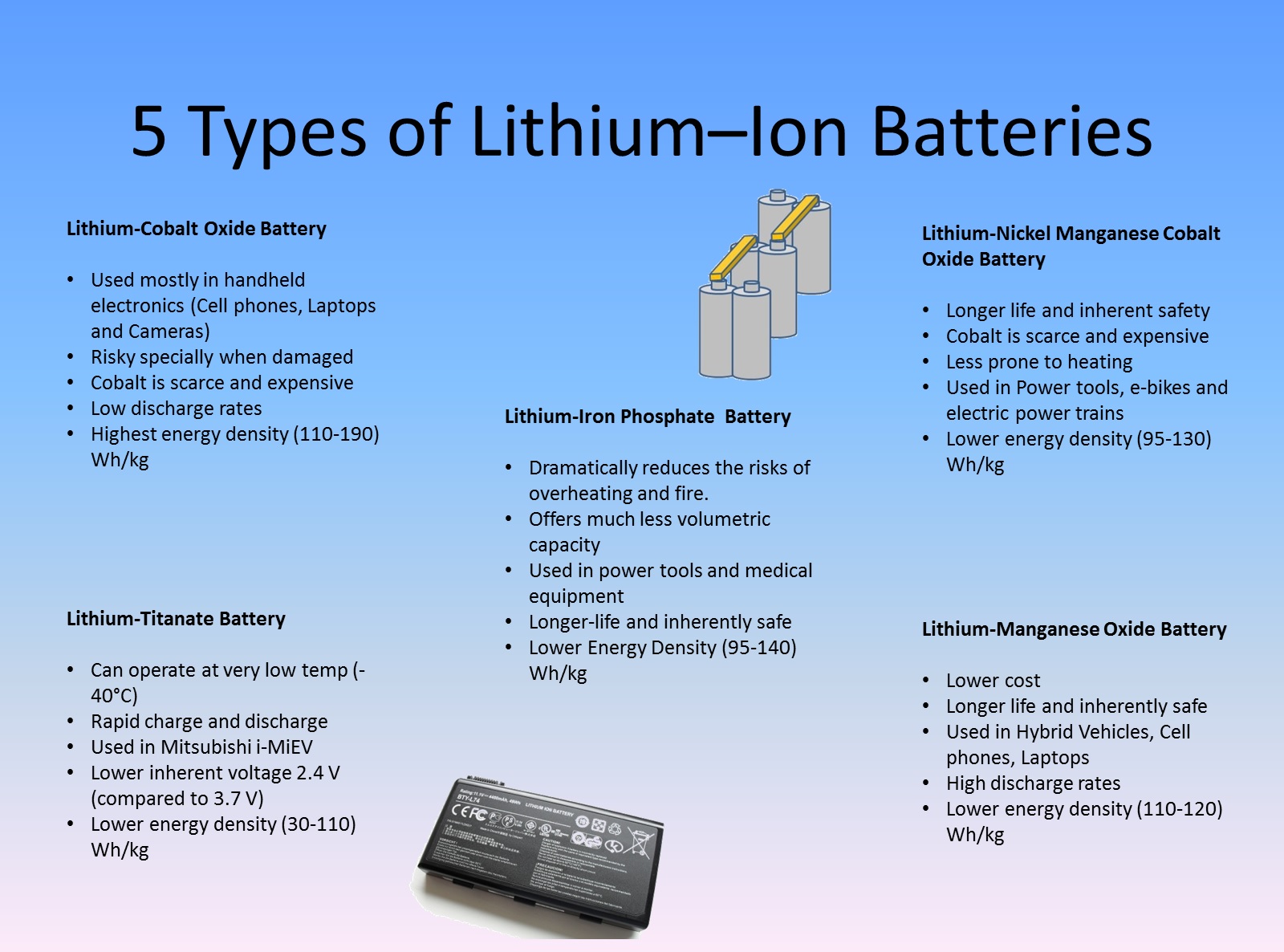Some of you will recall my discussion about using a Li-Ion solar charge controller. There are many of such controllers designed around a 3S system, but I am wondering what is their application?
Why would someone choose this voltage? This is not a system that could run a typical off-the-shelf AC inverter very effectively because the typical low voltage cut-off is ~10.5V.
Oh, and I read there are some Li-Ion based UPS systems. Do these use a 3S configuration?
Why would someone choose this voltage? This is not a system that could run a typical off-the-shelf AC inverter very effectively because the typical low voltage cut-off is ~10.5V.
Oh, and I read there are some Li-Ion based UPS systems. Do these use a 3S configuration?

Comment